The impact of plastic pollution on marine ecosystems has received substantial attention. However, there are emerging concerns regarding overlooked sources and novel forms of plastic pollution that have remained largely unexplored. This blog post covers the Special Issue of – ‘Frontiers in Marine Science’ , which sheds light on these hidden sources of plastic pollution.
In recent years, the issue of plastic pollution has gained significant attention due to its detrimental effects on marine life and ecosystems. The entanglement of marine mammals and birds in discarded plastic fishing gear, as well as the ingestion of microplastics, has been extensively studied and well-documented. Microplastics, defined as plastic particles measuring less than 5 mm, can originate from various sources, including the breakdown of weathered plastic items and the deliberate manufacturing of small-sized plastic particles such as microbeads. However, there are emerging concerns regarding novel sources of microplastic pollution that have been largely overlooked in previous research. These overlooked sources encompass weathering polymer-based paints, which have been detected in diverse environments such as surface waters off the southern coast of Korea, Antarctic deep-sea sediments, the rocky intertidal zones of the North Sea, Mediterranean and Atlantic Ocean. Moreover, the scientific community has observed the emergence of new forms of plastic debris, including ‘plasticrusts’ (Fig. 1) , ‘pyroplastics’ (Fig. 2) , and ‘plastiglomerates’, which exhibit distinct characteristics compared to conventional plastic waste. In light of these emerging issues, the research topic “New plastic pollution types and Novel Sources of Plastic Pollution in Terrestrial, Freshwater and Marine Systems” aims to investigate and raise awareness about these novel sources of microplastic and plastic pollution that have received inadequate attention thus far. The goal is to identify and address these overlooked sources through future research endeavors and mitigation strategies. Furthermore, the research focuses on understanding the distribution, composition, and potential environmental impacts of these novel plastic pollution forms, providing a foundation for their inclusion in future marine debris monitoring programs.
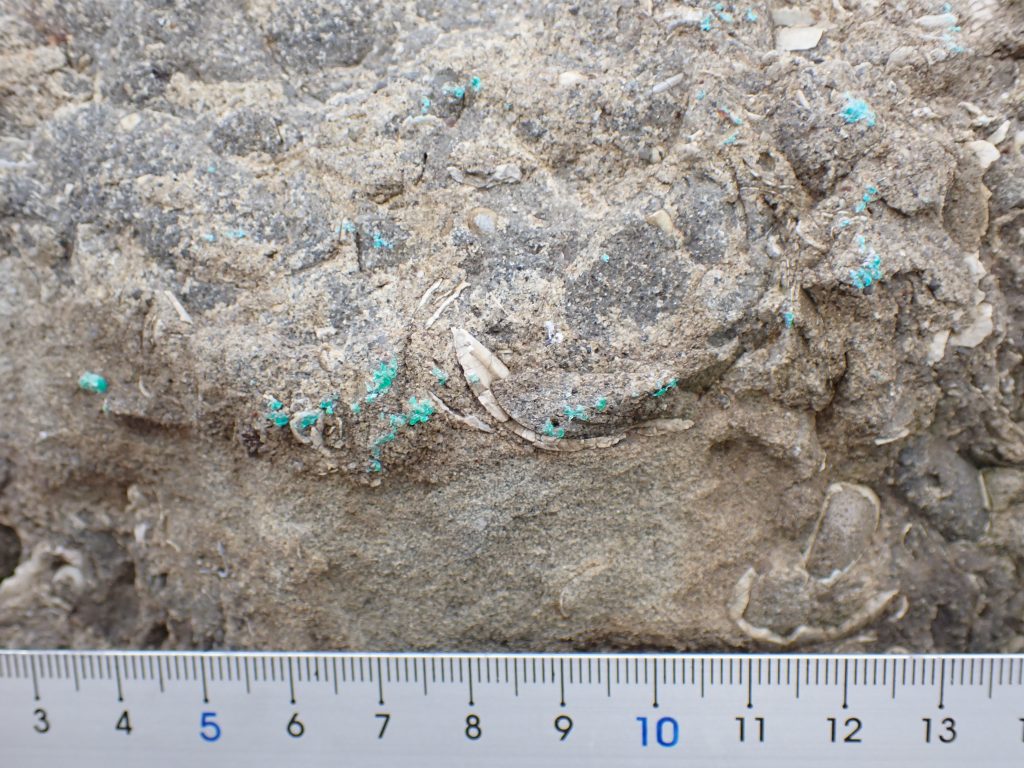

Here is an excerpt from the two research articles of the research topic “New plastic pollution types and Novel Sources of Plastic Pollution in Terrestrial, Freshwater and Marine Systems”:
Understanding the potential release of microplastics from coatings used on commercial ships
The research paper focuses on the unique aspect of microplastic pollution originating from the paints applied to commercial ships (Fig. 3 – 5). While the impact of microplastics in the ocean has been widely studied, the role of ship coatings as a significant source of microplastics has not received comprehensive attention. The paper highlights that polymers used as binding agents in anticorrosive and antifouling marine coatings can contribute to the release of microplastics. Additionally, the process of in-water cleaning to remove biofouling may amplify the release of microplastics from these coatings. The paper emphasizes the need for a detailed assessment and review of commercial ships’ coatings, including their characteristics, behavior, and fate over time, within the context of ocean microplastic pollution.
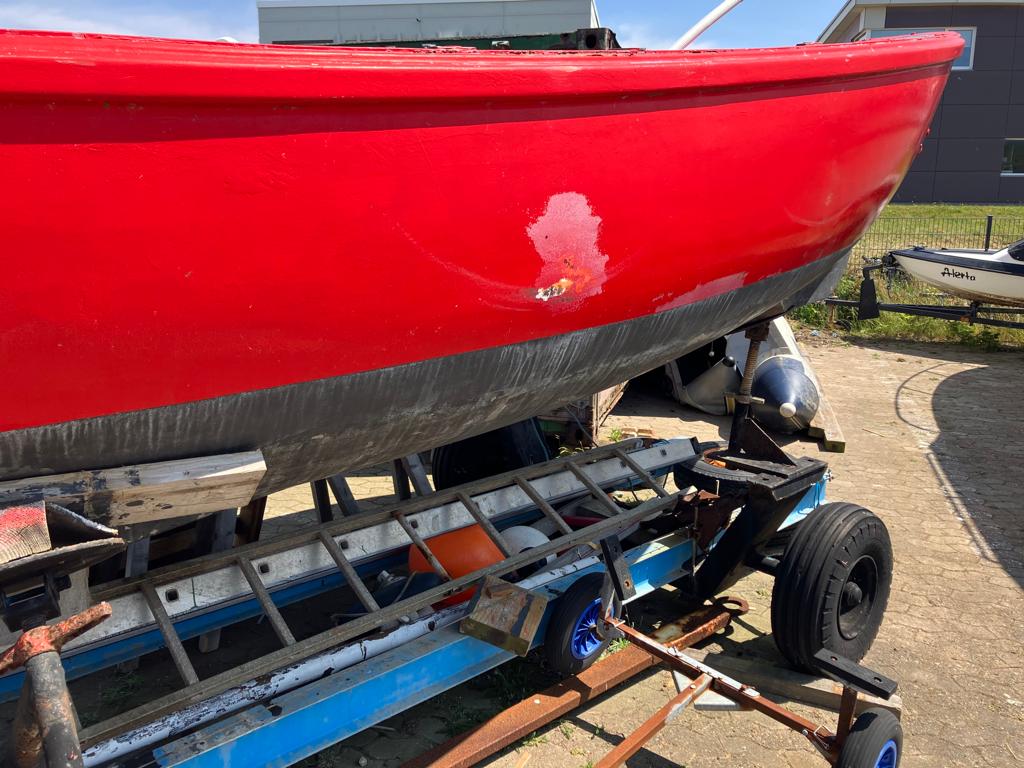
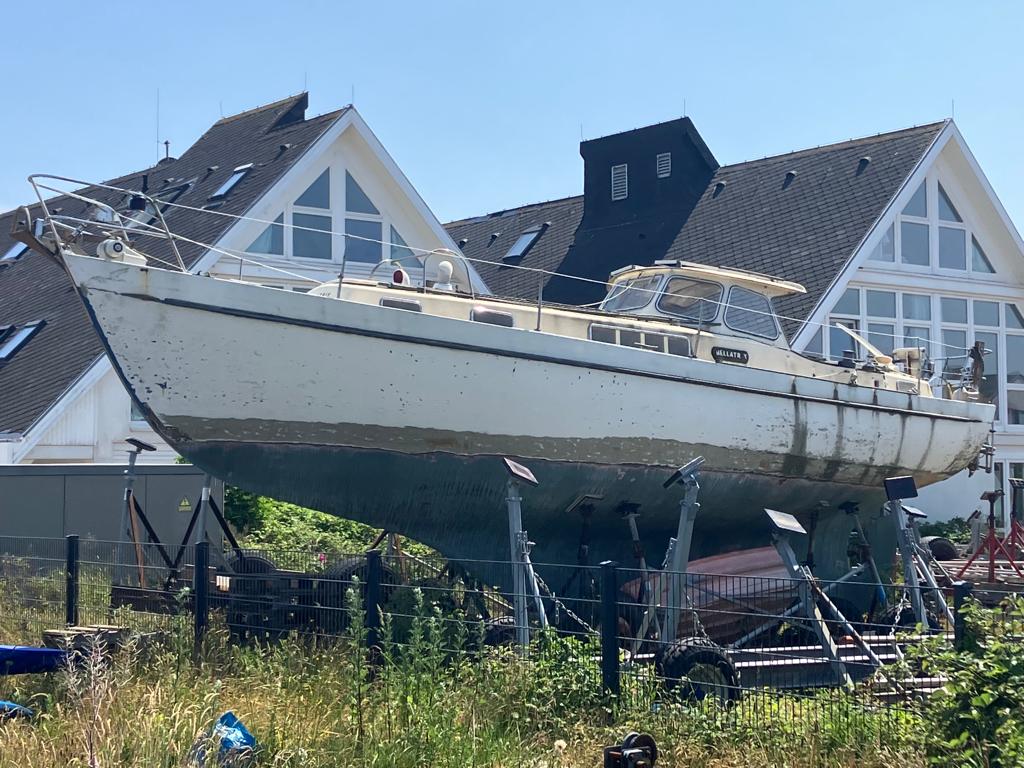
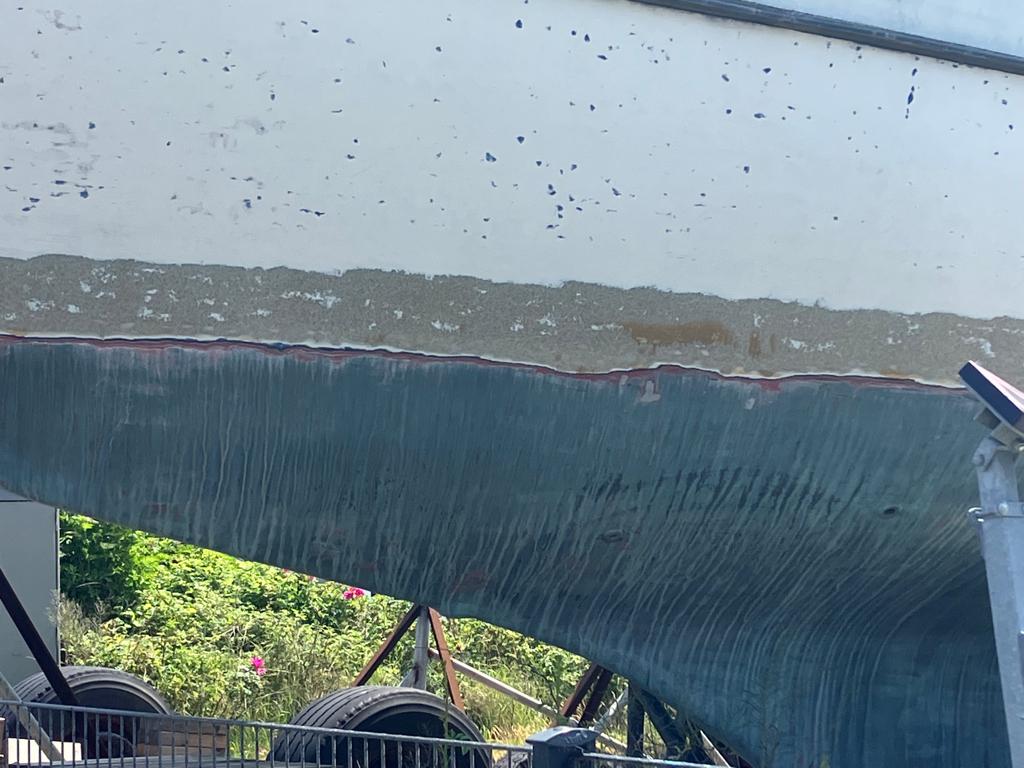
The research paper explores the distribution and composition of microplastics in deep-sea sediments, specifically focusing on the relationship between microplastic distribution and sedimentary dynamic conditions. The study collected surface sediments from different geomorphological units in the northern South China Sea, including sand dunes, sediment drifts and submarine canyon channels/levees. The findings reveal that microplastic abundance in the sediments varies from 19 to 347 particles per kilogram, comprising ten different types (Fig. 6). The dominant microplastics include polycarbonate, polyethylene, polyester fiber, polyvinyl chloride, and polypropylene, with minor contributions from other polymer types. The analysis suggests that riverine inputs from Taiwan and South China influence the presence of microplastics in the deep-sea sediments. Notably, the spatial distribution of microplastics highlights that environments characterized by stronger sedimentary dynamic conditions, such as sand dunes and canyon channels, exhibit higher microplastic abundances and a greater diversity of microplastic types, predominantly composed of high-density polymers like polycarbonate and polyvinyl chloride. Conversely, the canyon levees demonstrate lower abundances and fewer microplastic types, dominated by low-density polyester fiber or polyethylene. The study concludes that sedimentary dynamic conditions play a crucial role in controlling the composition and distribution of microplastics in deep-sea sediments. These findings emphasize the importance of considering sedimentary dynamic conditions when evaluating the accumulation and ecological impacts of microplastics in deep-sea environments.
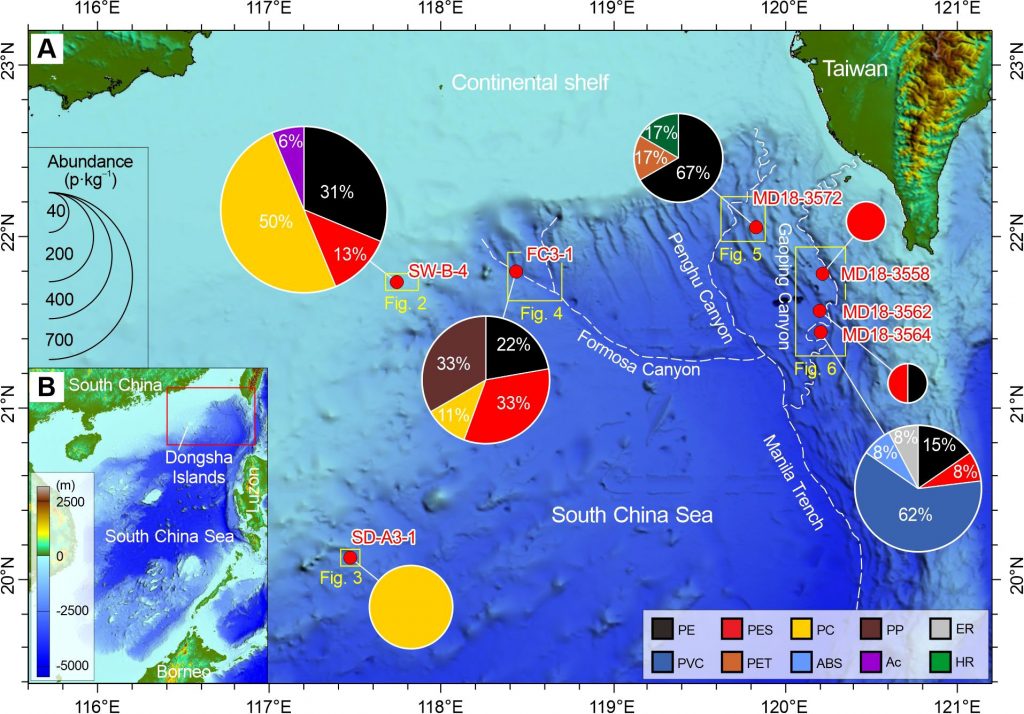
(Copyright © 2022 Zhang, Liu, Zhao, Ma, Colin and Lin)
The journal ‘Frontiers in Marine Science’ invites contributions exploring a wide range of novel plastic pollution sources that have been neglected in previous studies, including local and interregional investigations and reviews. It is encouraged to examine the environmental effects of these novel plastic forms, as well as the occurrence, chemical composition, and dynamics of ‘plasticrusts’, ‘pyroplastics’, and ‘plastiglomerates’. The research can encompass terrestrial, freshwater, and marine habitats, allowing for a comprehensive understanding of the issue at hand.
Citations
Tamburri MN, Soon ZY, Scianni C, Øpstad CL, Oxtoby NS, Doran S and Drake LA (2022) Understanding the potential release of microplastics from coatings used on commercial ships. Front. Mar. Sci. 9:1074654. doi: 10.3389/fmars.2022.1074654
Zhang X, Liu Z, Zhao Y, Ma P, Colin C and Lin AT-S (2022) Distribution and controlling factors of microplastics in surface sediments of typical deep-sea geomorphological units in the northern South China Sea. Front. Mar. Sci. 9:1047078. doi: 10.3389/fmars.2022.1047078
